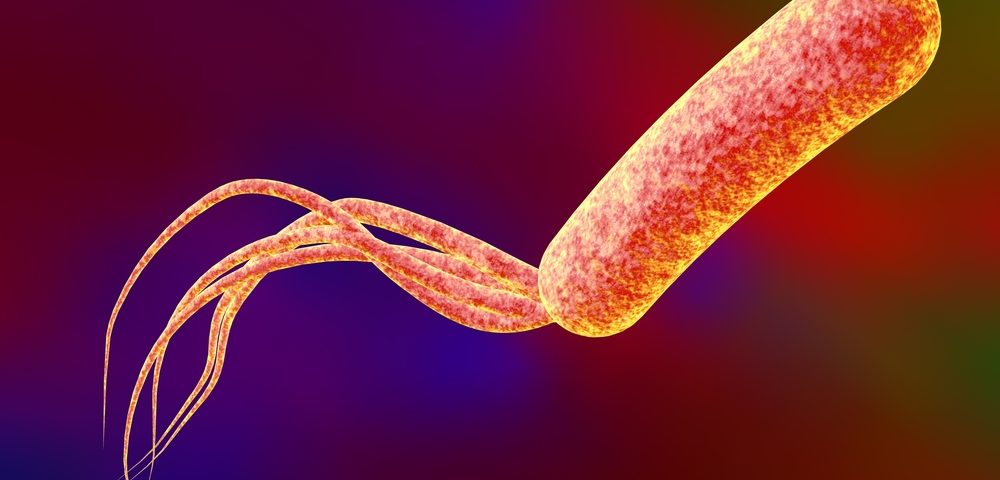Pseudomonas aeruginosa, a major pathogen that causes chronic lung infections, undergoes similar adaptations in the lungs of cystic fibrosis (CF) and non-CF bronchiectasis patients, according to a study published in the scientific journal Microbiology.
The finding, in the report “Virulence adaptations of Pseudomonas aeruginosa isolated from patients with non-cystic fibrosis bronchiectasis,” adds to the overall understanding of the development of chronic lung infections, and it might help scientists develop new strategies to better manage chronic P. aeruginosa infections in bronchiectasis patients.
There is little direct evidence on the adaptation of P. aeruginosa in non-CF bronchiectasis, and most of what is known about lung infections in these patients is an extrapolation of the findings from CF patients. But treatments that show a clinical benefit in CF patients do not necessarily demonstrate the same benefit in non-CF bronchiectasis patients, suggesting that such direct extrapolation might not be appropriate.
To investigate whether the adaptation of P. aeruginosa is similar in CF and non-CF bronchiectasis patients, researchers led by Dr. Douglas Storey of the University of Calgary in Canada collected P. aeruginosa isolates from patients attending the Calgary Adult Cystic Fibrosis Clinic and the Calgary Bronchiectasis Clinic between 1986 and 2013.
The team identified 40 non-CF bronchiectasis and 28 CF patients who had P. aeruginosa. They then compared “early” isolates (defined as the first isolate available in the biobank) and “late” isolates (defined as the last available isolate in the biobank) of P. aeruginosa obtained from both groups to assess how the bacteria adapts to the lung environment over time. The time between the early and late isolates ranged from six months to 22 years for non-CF bronchiectasis patients, and two to 24 years for CF patients.
Researchers analyzed the bacteria’s production of enzymes such as protease, lipase and elastase, which break down proteins and fats, and facilitate initial infection swarm and swim motility, and from biofilm production, which contributes to the establishment of chronic infections.
Results showed that P. aeruginosa adapted similarly to the lung environment of CF and non-CF bronchiectasis patients in terms of protease and elastase expression, motility, and biofilm formation.
However, there were significant differences in lipase expression (an enzyme that breaks down fats), which may allude to distinct characteristics found in the lung environment of non-CF bronchiectasis patients.
Finally, similar to CF, the virulence of P. aeruginosa decreased over time in non-CF bronchiectasis.
The authors concluded that, apart from a few exceptions resulting from differences in disease processes between CF and non-CF bronchiectasis, P. aeruginosa undergo similar adaptations in the lungs of both groups of patients.
Bronchiectasis, which is defined as the permanent dilation and widening of the airways, is common among CF patients. However, it can be caused by factors independent of CF, such as autoimmune diseases, airway obstruction, and complications from infections or injuries. Non-CF bronchiectasis is typically considered an “orphan disease,” or one that has too few patients to attract the interest of numerous pharmaceutical companies. However, research has shown that the incidence of the disease increased by 8.7 percent in the U.S. every year between 2000 and 2007, and according to the study’s authors, it costs the nation’s healthcare system more than $630 million annually.

